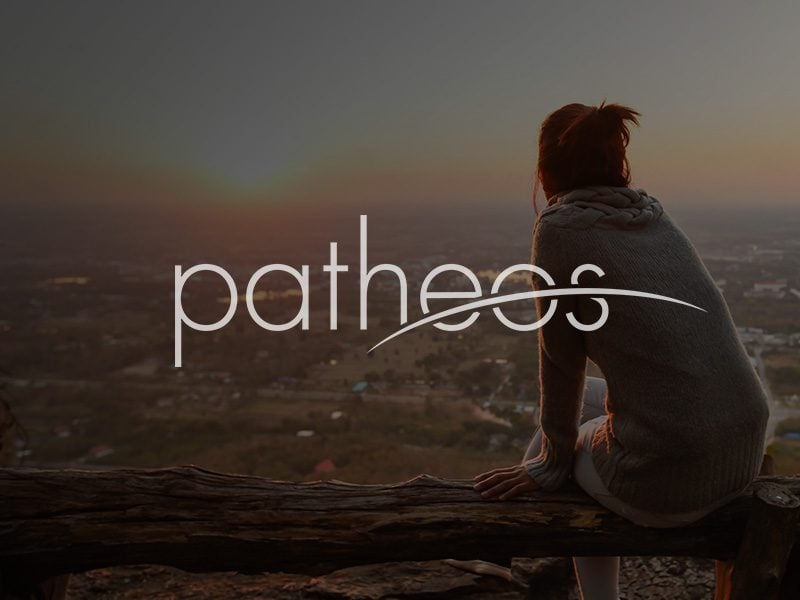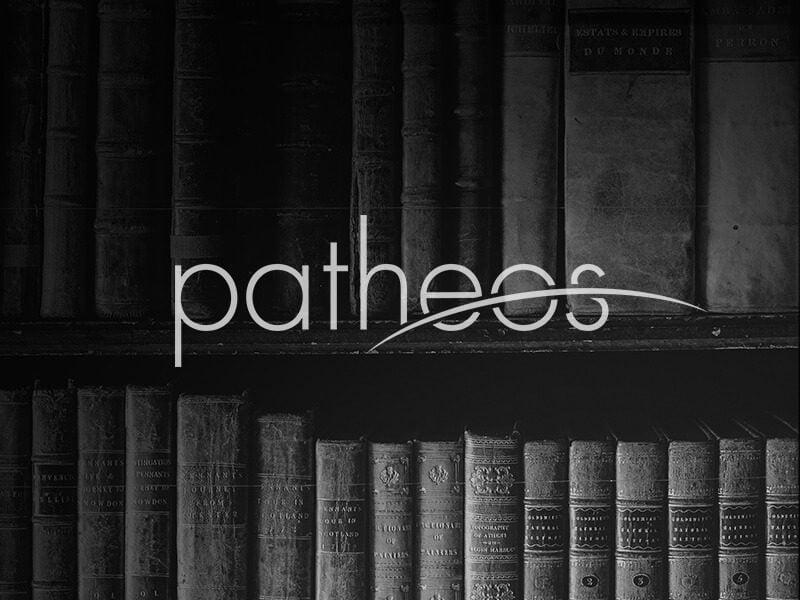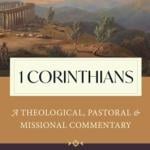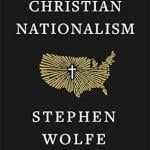Babel is the first brick construction in Scripture (Genesis 11:3). They burn earthy clay to make it into building material for the city and teh tower that reaches to heaven. Egypt also deals in brick, and puts Israel to work making the bricks for its storage cities, its neo-Babels (Exodus 1:14; 5:7, 8, 16, 18-19). The next time bricks are mentioned in Scripture is Isaiah 9:10, where the men of Ephraim respond to the collapse of “bricks” with the plan... Read more
















